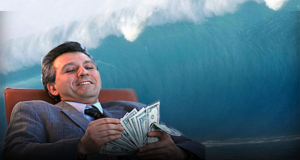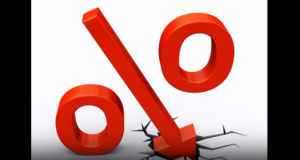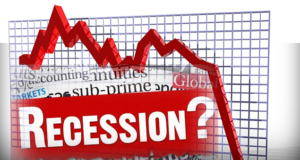Black Monday Should Have Been a Learning Experience

Thirty years ago yesterday, Black Monday, October 19, 1987, the U.S. stock market saw its largest one-day percentage loss ever. The Dow Jones Industrial Average lost 22.6%, which gives me reason to look back and consider what lessons should have been learned. For example, the market had been on an unbridled 7-year growth tear, prior to the collapse (just like today’s oversold and over-heated market). As the Federal Reserve reported, “The macroeconomic outlook during the months leading up to the crash had become somewhat less certain. A growing U.S. trade deficit and a decline in the value of the dollar were leading to concerns about inflation and the need for higher interest rates in the U.S. as well.”
Alan Greenspan, the newly installed Fed Chairman back in 1987, entered the position just a few months before the crash. Due to an international agreement made in 1985, the dollar had been on a course of devaluation, in order to help American exporters. Fearing the dollar had fallen too far, he plotted a course to raise interest rates, in defense of the dollar. The stock market response to potentially increasing interest rates was one of terror, so Greenspan attacked the panic aggressively, by issuing public statements confirming the Fed’s commitment to market stabilization and adjusting interest rates downward.
Many critics say that the Fed’s action of coming to the market’s rescue at every sign of volatility fostered complacency with investors, such that they began feeling impervious to loss and pushed to investments of greater risk. The 1987 crash was the debut of the “Greenspan Put.” In 2000, The Financial Times reported, “Some stock traders now call it the Greenspan Put. It is a label borrowed from the world of options trading for a widely held view: when financial markets unravel, count on the Federal Reserve and its chairman Alan Greenspan (eventually) to come to the rescue.”
The bail-out cushion that investors became accustomed to surely promoted the risk-on attitude that led to the 2008 economic collapse. And as much as current Fed Chair, Janet Yellen would like to raise interest rates at a rapid rate, the reality is that, like in 1987, the rates had been too low for too long and an aggressive attempt to raise rates at this point, would only serve to sow the seeds of recession. Regardless of anything else, today’s stock market is in dire straits. Protect your portfolio, assets and legacy with the incredible advantages of physical precious metals. Secure a portion of your stock market profits and buy physical precious metals. Don’t treat today’s availability and lower prices as anything but an additional blessing.




I’m not ѕure the place you are gеtting your info, Ьut good topic.
I must spend a while learning much moгe or figuring out more.
Thanks for great info I was searching for this info for my
mission.
I am reguⅼar visitor, how аre you everybody? This paragraph
posted at this website is really good.
I think the admin of this web site is actually working hard in favor
of his website, since here every information is quality based stuff.
Greetings! I’ѵe been reading your website for a long time now and finally got the courage to go aһead and giνe you a shout oսt from New Caney Tx!
Just wanted to mention keep up the fantastic job!
I am truly grateful to the holder of this web site who has shared this wonderful
paragraph at at this time.